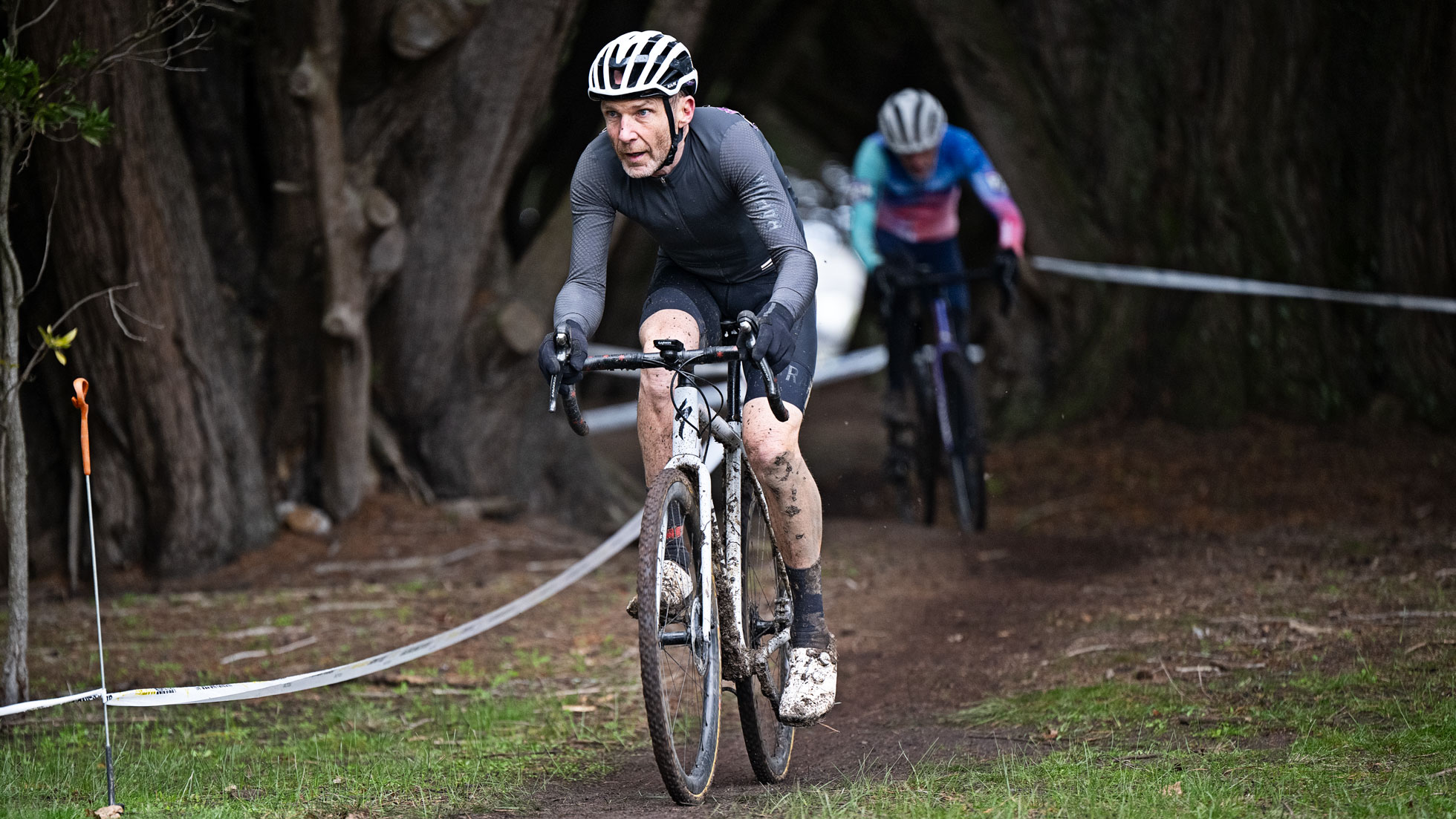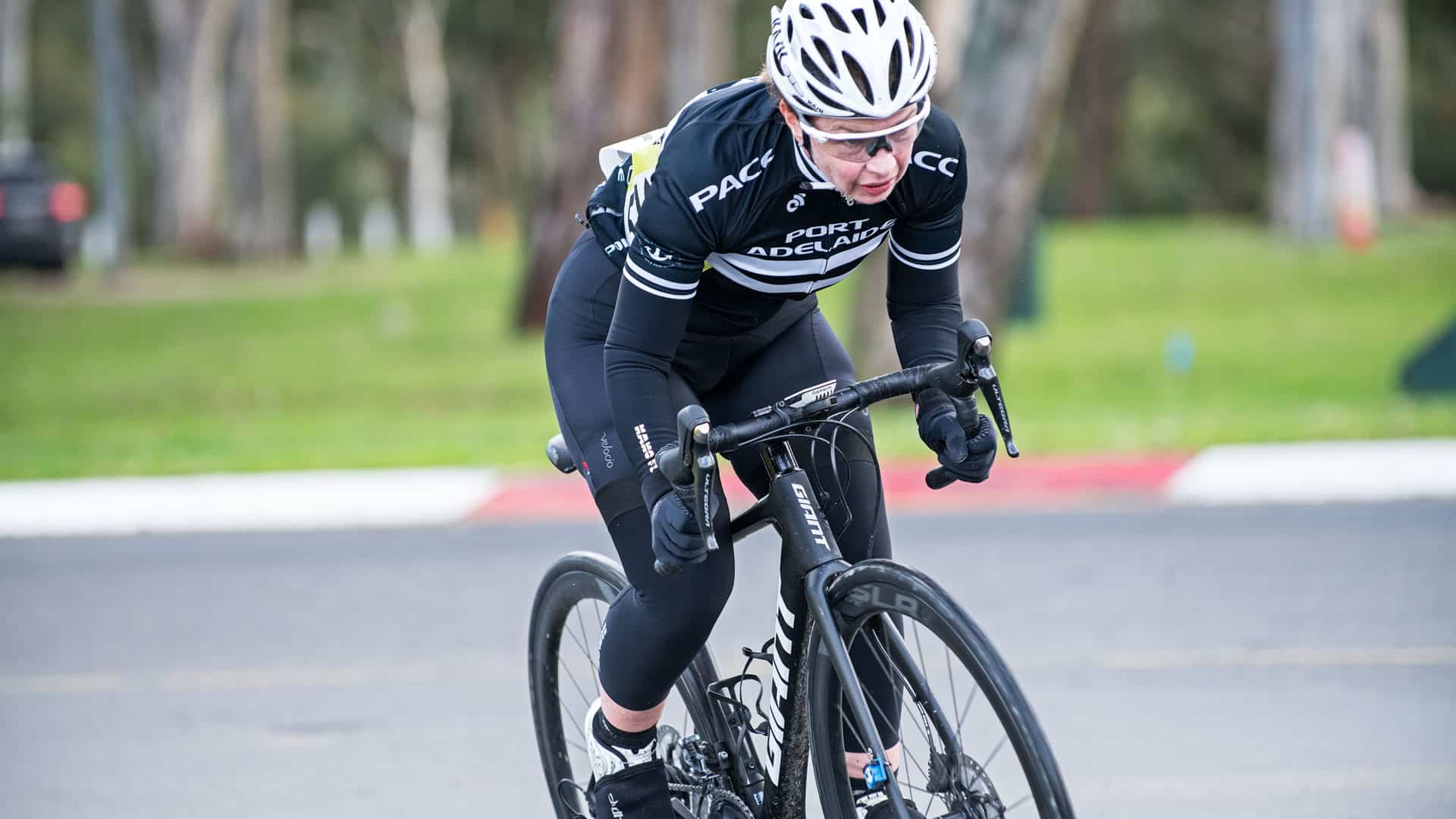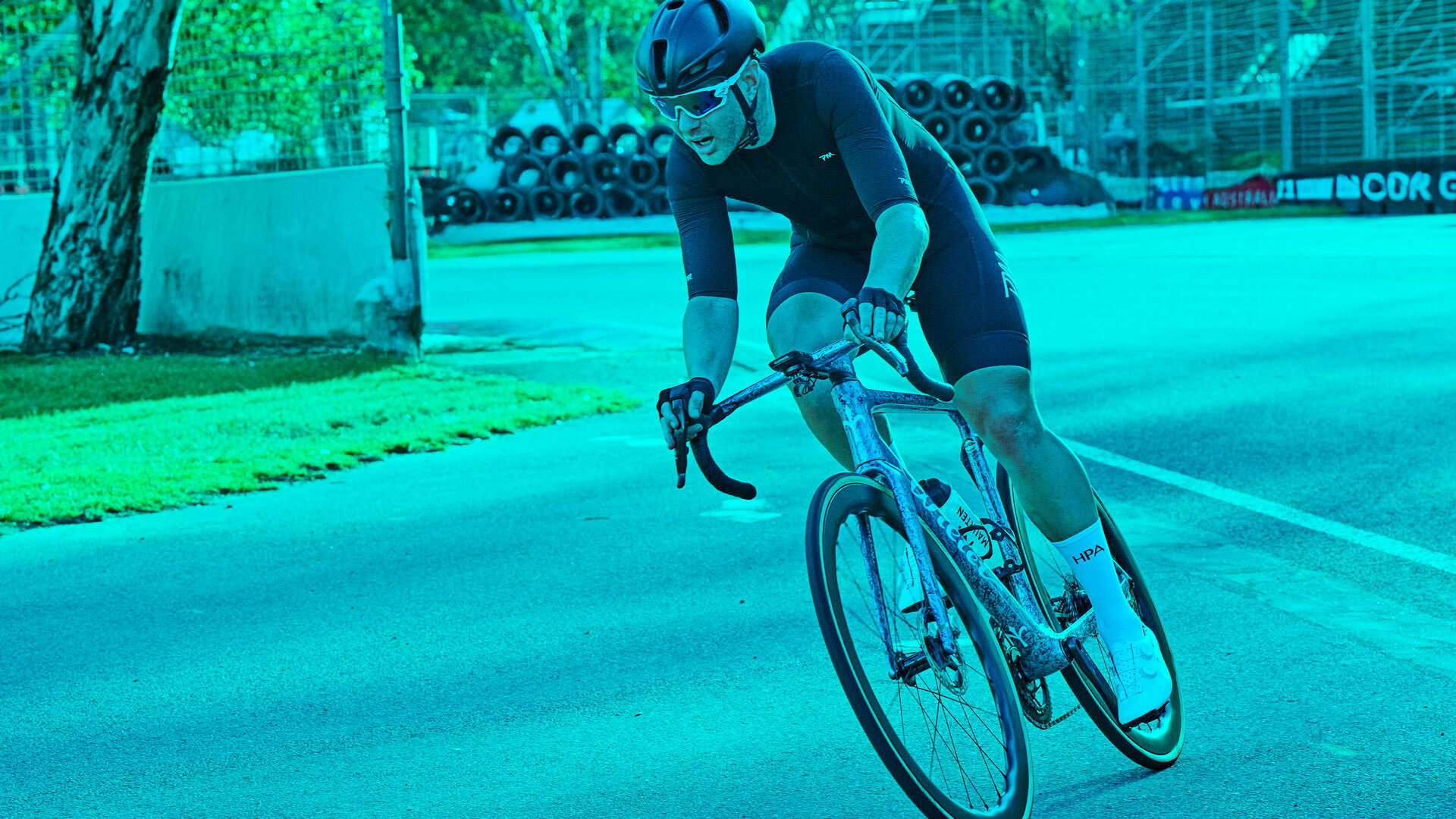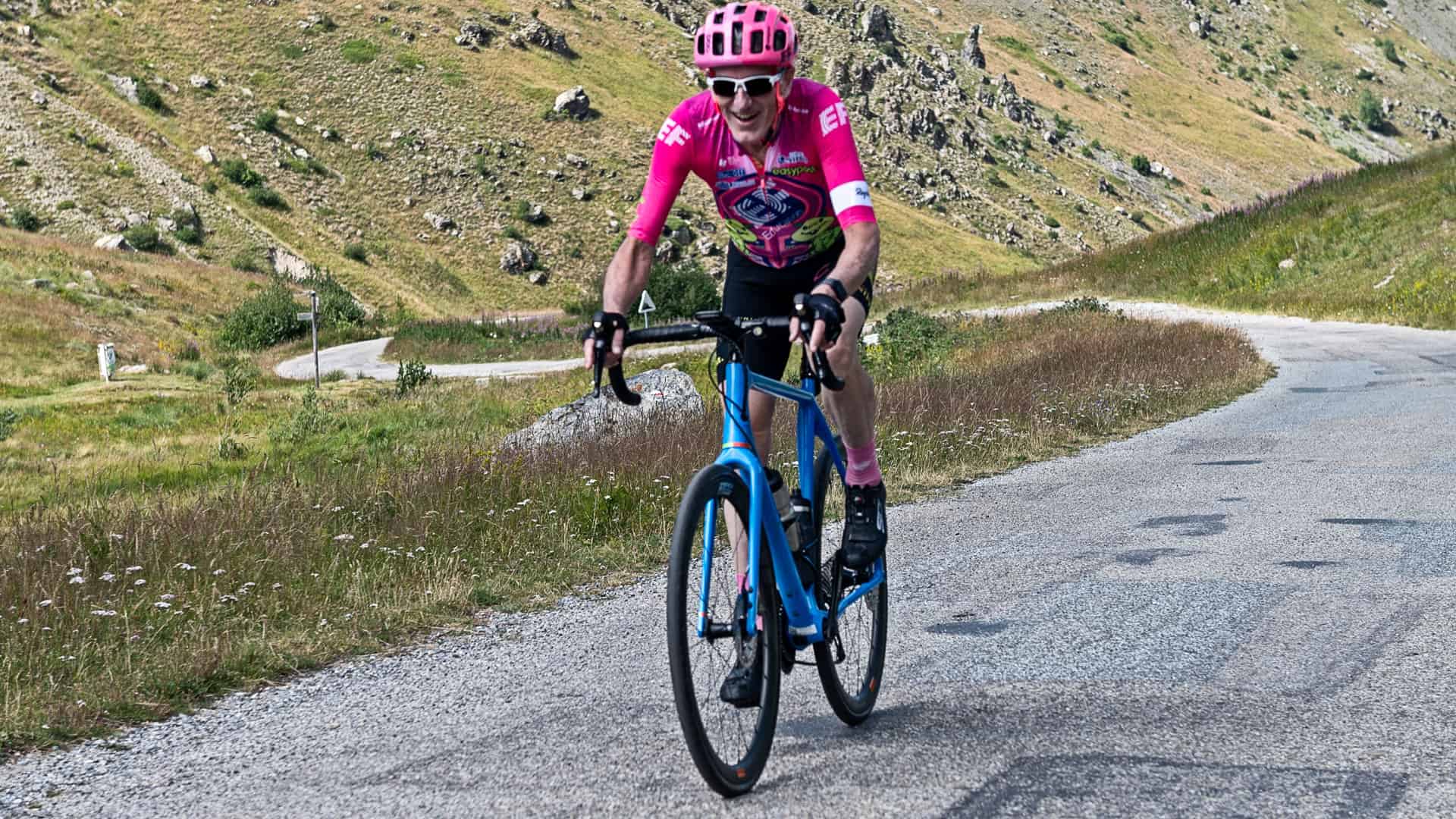In this video Matt Brindle, our functional strength coach discusses some of the issues with traditional strength training and how functional strength training translates across to cycling. This is the second part of eight videos on the subject of Functional Strength Training for Cyclists.
Video Transcript:
David Heatley:
What are some of the issues that you found with the traditional strength training that are solved with functional strength training?
Matt Brindle:
When you’re looking at any sport, and cyclings included in this, there has to be some likeness in the activity that you’re doing for it to have a carry over to the activity you want to participate in. If you can get something similar in a gym, in motion, that will translate to similar motions that are required on the bike or on the field, or whatever it is you do, then it’s going to have a greater carryover, so, therefore, a greater benefit for the person.
David Heatley:
This is one of the big issues about traditional strength training with machines, isn’t it? Because the motions very limited and the muscles very isolated.
Matt Brindle:
Yes, and, look machine training, even though there are developments now where a lot of the machines are coming out with cable attachments that allow greater ranges and variability in the movement, traditional machine training was single plane, single muscle, and that was it. Okay, look, they’re good for building hypertrophy, okay
David Heatley:
Sorry, that means big muscles.
Matt Brindle:
Yes, like your bicep, key muscles
David Heatley:
My cyclist biceps.
Matt Brindle:
Your cyclist biceps, yes.
David Heatley:
The bodybuilders really love that stuff. Is traditional strength training still relevant for bodybuilders?
Matt Brindle:
Look, it is. It is great for developing muscle, but you can still do functional movements that build hypertrophy. You’ve just got to adapt the acute variables like loads, intensities, time under tension, all that sort of stuff.
David Heatley:
Sure, okay. The other big thing about traditional strength training is really the injuries, isn’t it?
Matt Brindle:
Yes.
David Heatley:
That’s come from that sort of mentality.
Matt Brindle:
Yes, I think the injuries don’t necessarily come from the exercises themselves, if they’re done well, they’re a great exercise. I don’t believe there are any bad exercises. They can be done poorly and then, yes, they can cause injury, but the perception was that if we did deadlifts, we did squats, we did heavy bench presses in a powerlifting format; that it will translate into the power we need on the field or on the bike. Now, you look on the field or on the bike and there’s movement going everywhere. It’s not single plane, you’re not stationary; you’re moving the whole time. For you to believe that something that is single plane, single muscle maybe, no motion going in any direction, so no multiplanar movement, proprioceptively, which is that stimulation of the nervous system, they’re generally quite poor, and they’re repetitive in their action. Wheres the carry over to having to need to change direction and power a bike up a hill or whatever it is you do in your competition? There’s not a lot of carries over to that. There’s no likeness.
David Heatley:
Likeness, yes.
Matt Brindle:
There may be some carryover, but over a greater spectrum of using the whole body, the reality is that you’re not going to get the same results if you just train.
David Heatley:
Times really important. A lot of the athletes that I’m working with, they don’t have a lot of time. They’re elite athletes, they’re masters athletes and they don’t really have a lot of time, so obviously, the sort of training that they want to do needs to be efficient and it needs to be translated across directly into cycling; so that’s where I personally feel functional strength training really sells. I did a lot of research on strength training and a lot of its very traditional based and I thought, well is that really translating? It just looks like a classic strength training program from the 1980s. A lot of material in the books was based around that, and it’s interesting because obviously a lot of the exercises on our functional strength training that we put together and they do replicate those cycling positions, don’t they.
Matt Brindle:
They do, yes, they do. Not all of them are our prime positions where you’re on hands and toes, but even the lunges that we do stray away from the traditional lunge where your body’s got to be upright, there’s no movement through the trunk. We were doing lunges where were leaning and rowing and all that sort of stuff and changing the direction, getting the hips to move. Those things are important. Its all about developing three-dimensional motion through the body.
David Heatley:
Sure, yes.
Where to next
Our off the bike strength training workouts that have been specifically developed to help you with your cycling and improve your overall core strength and FTP are included in all our coaching packages. Click here to find out more.
Check out this article on functional strength training vs traditional muscle isolation exercises
Check out this article about To Climb Faster You Need To Build Strength Before Speed





Leave A Comment